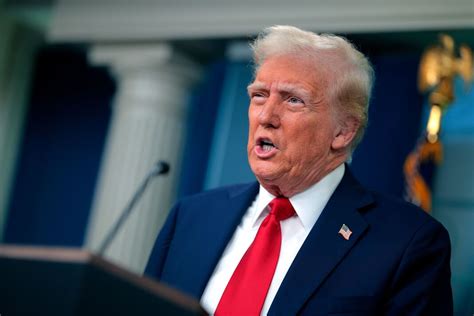It was a time of uncertainty and change in the United States. The winds of political transition swept through the hallowed halls of the White House, leaving a trail of missing information in its wake. As the Trump administration bid farewell and a new era dawned, something sinister unfolded behind the scenes.
The digital landscape that once housed a treasure trove of governmental knowledge was now plagued by gaps and voids. Not just any content had disappeared; essential pages detailing the nation’s history and core values were vanishing into oblivion. From constitutional references to presidential legacies, it seemed as though a selective culling was underway.
Amid this tumultuous upheaval, voices rose in concern and alarm. Archivists and historians, guardians of truth and memory, watched with growing unease as data points blinked out of existence at an alarming rate. The National Archives, revered as the custodian of America’s collective memory, bore witness to its head being unceremoniously ousted from their post by President Trump himself.
In this era where information reigns supreme, each deletion held weight beyond mere data loss—it signaled a distortion of reality itself. Words once woven into the fabric of public knowledge were now relegated to obscurity; mentions of crucial topics like vaccines, hate crimes, and social disparities vanished without a trace.
“It is not simply about cost-cutting or efficiency,”
remarked Kenny Evans from Rice University’s Baker Institute for Public Policy.
“What we are witnessing is an erosion of democratic values—a slide towards opacity that threatens our very foundation.”
As discontent simmered beneath the surface, even physical repositories felt the tremors of change. The Institute of Museum and Library Services faced imminent extinction under executive orders tinged with calls for patriotic fervor. Across agencies like USAID, whispers circulated about directives to dispose of sensitive documents—a troubling sign shrouded in secrecy.
Against this backdrop loomed a larger question: What happens when history itself becomes malleable? When narratives are sculpted not by collective remembrance but by those in power? The very essence of American identity hung in precarious balance as threads connecting citizens to their past grew increasingly frayed.
Within these turbulent times lies a stark reminder—the preservation of truth is not guaranteed; it must be fiercely protected at all costs. As society grapples with shifting realities and obscured memories, one thing remains clear: amidst erasures lurks an urgent call for vigilance—for only by confronting our past can we truly shape our future.

